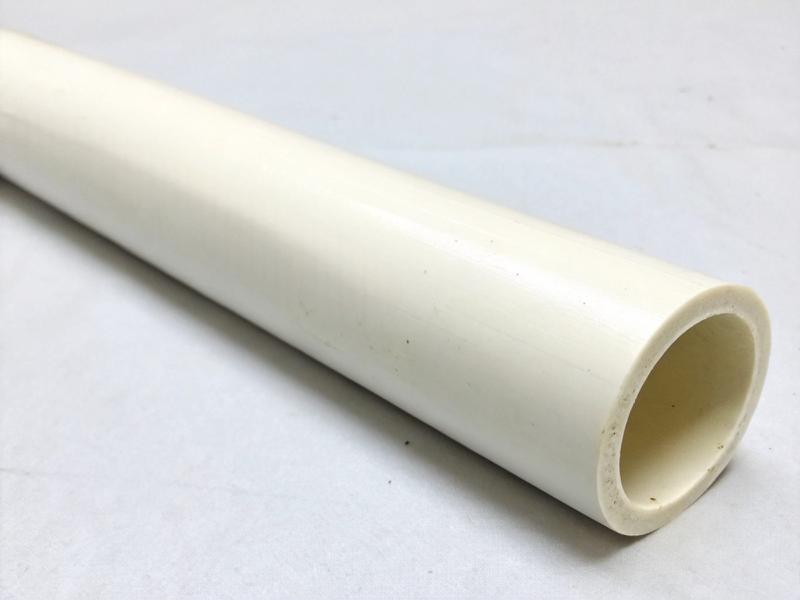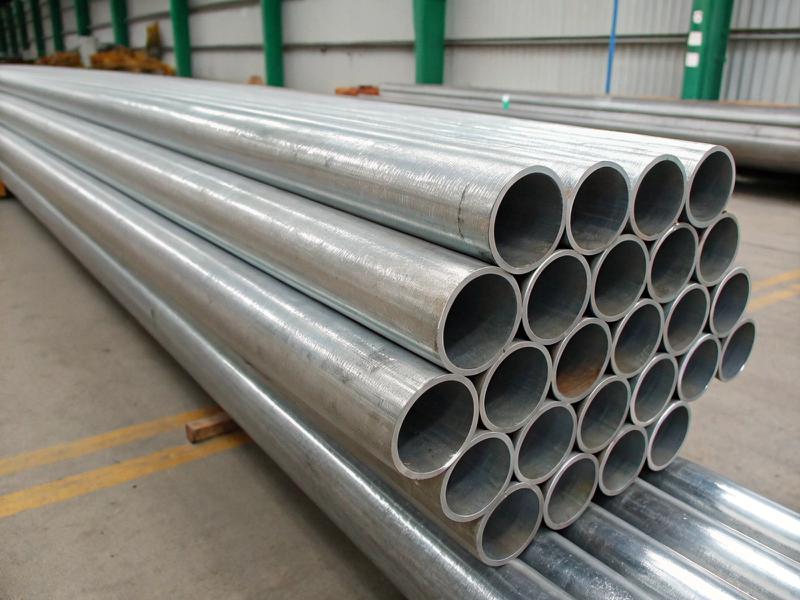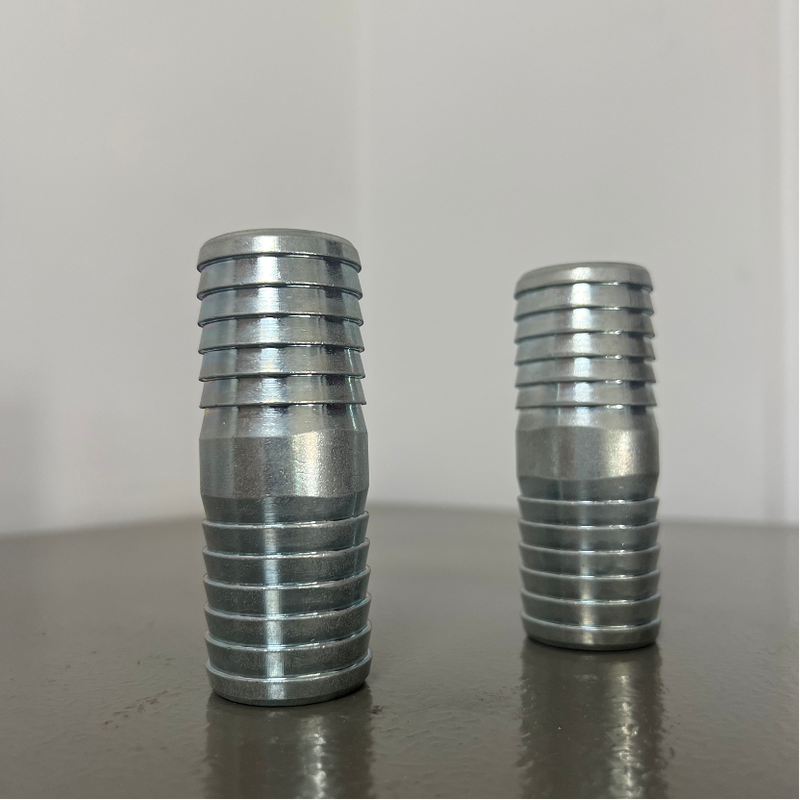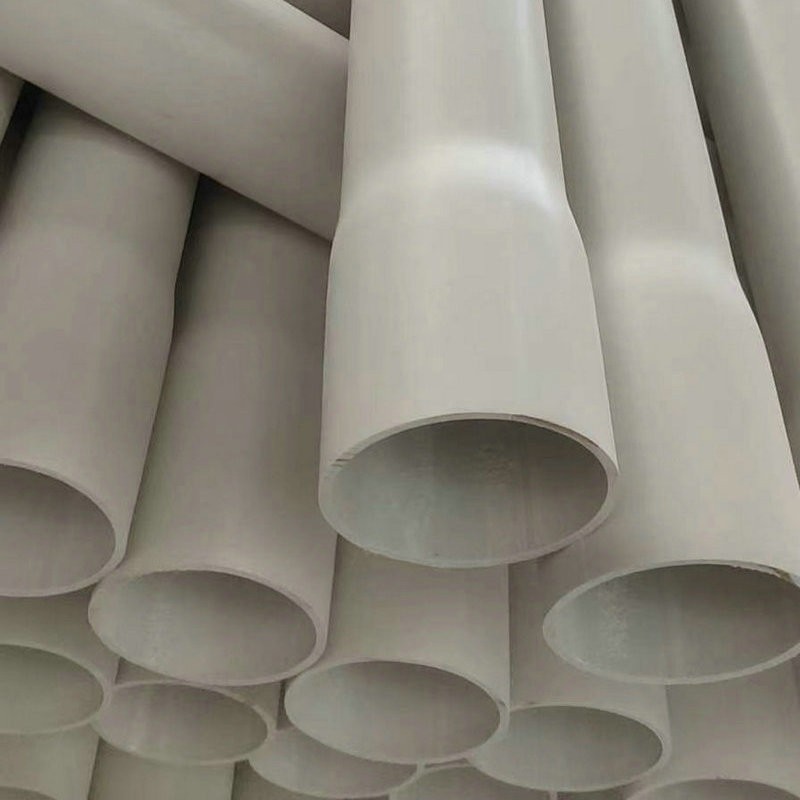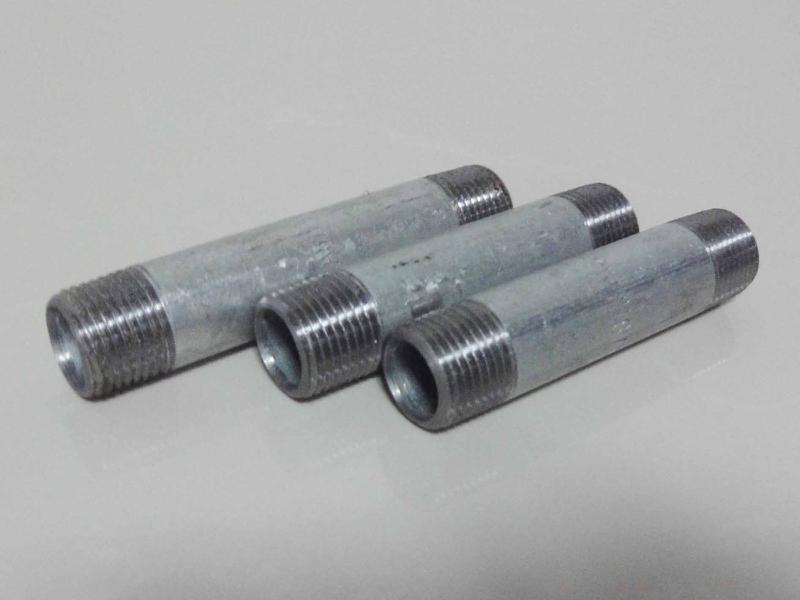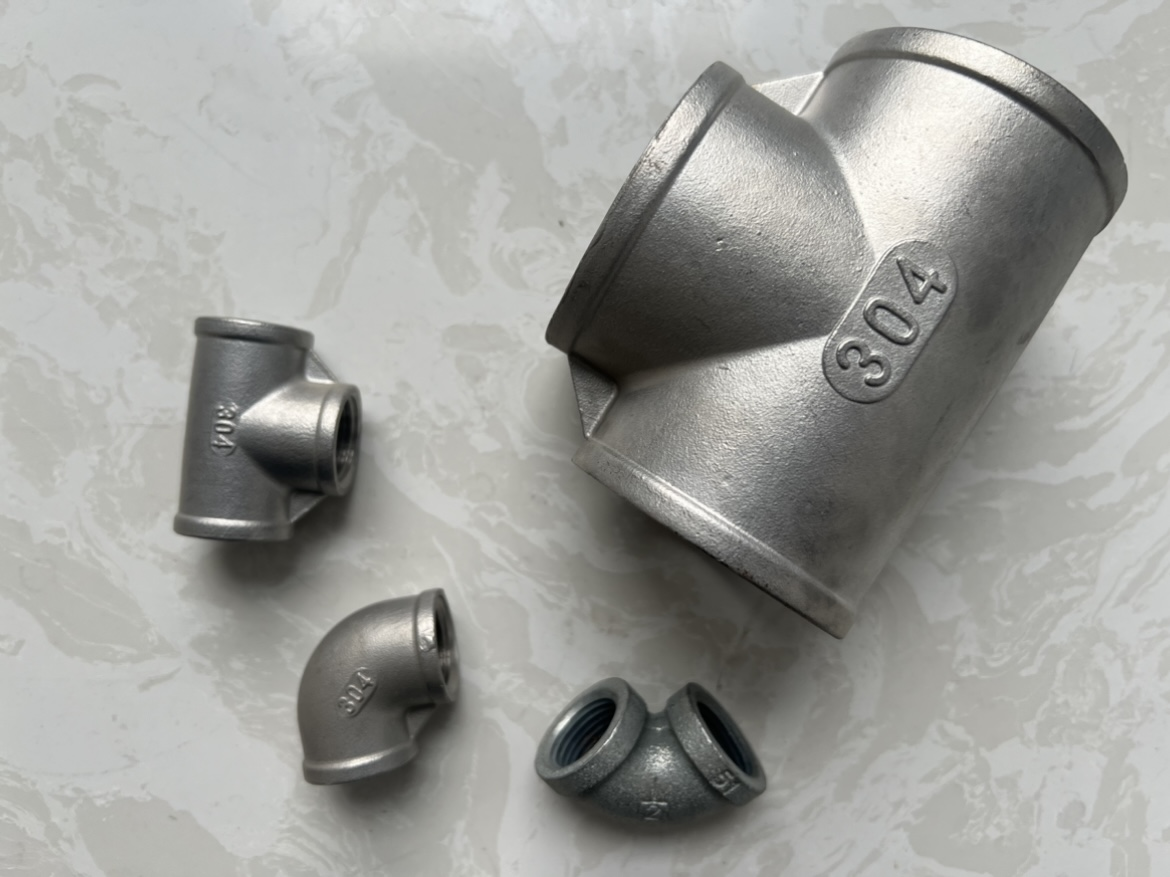The question "Which pipe is best for plumbing?" doesn't have a single answer. The ideal choice depends heavily on the specific application, budget, local building codes, and desired lifespan of the system. This guide breaks down the most common plumbing pipe types to help you navigate the options.
Key Factors When Choosing Plumbing Pipes
Cost: Both material cost and installation cost.
Durability and Lifespan: How long will the pipe last? Is it resistant to corrosion, temperature fluctuations, and pressure?
Application: Is it for water supply (hot or cold), drainage, or venting? Is it for residential or commercial use?
Ease of Installation: How hard is the pipe to cut, join, and shape? This impacts labor costs.
Temperature and Pressure Resistance: Can the pipe handle the required water temperature and pressure?
Flexibility: Is flexibility needed for routing through tight spaces?
Building Codes: Does the material meet local plumbing codes?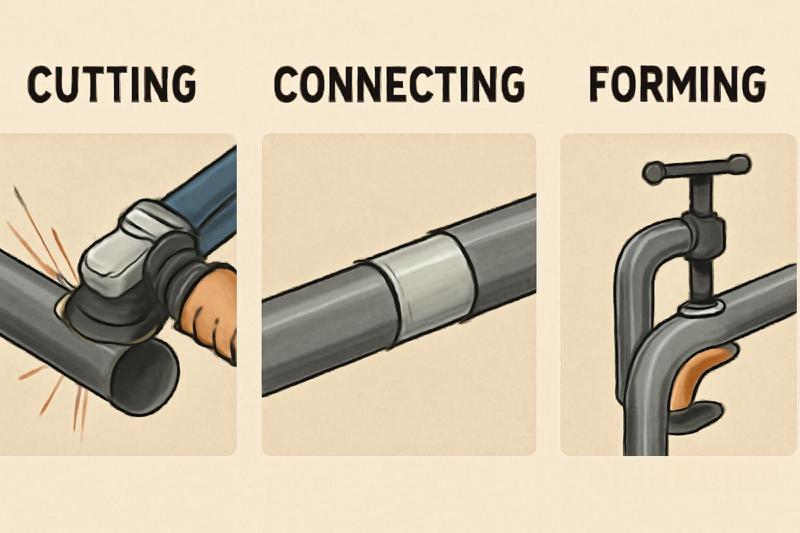
Common Types of Plumbing Pipes
Here's a look at the most prevalent plumbing pipe types you'll encounter in the market:
| Pipe Type | Advantages | Disadvantages | Applications |
| PEX |
|
| Hot and cold water supply lines, radiant heating systems |
| Copper |
|
| Water supply lines, refrigerant lines, and drainage |
| PVC |
|
| Drainage, waste, vent systems, and cold water supply |
| CPVC |
|
| Hot and cold water supply lines |
| ABS |
|
| Drain, waste, and vent systems |
| Galvanized Steel |
|
| Older homes, non-drinking water, and structural support |
PEX (Cross-linked Polyethylene)
PEX is a flexible plastic tubing that has become incredibly popular, especially for water supply lines.
Pros:
Highly flexible, making installation easier and requiring fewer fittings.
Cost-effective material and lower installation labor costs.
Resistant to freezing (it expands and contracts).
Doesn't corrode or develop pinhole leaks like some metal pipes.
Cons:
It cannot be used outside because UV light can damage it.
Potential for rodent damage.
Fittings can sometimes restrict flow slightly more than traditional methods.
Copper
Pros:
Extremely durable and long-lasting.
Excellent resistance to heat and pressure.
Doesn't leach chemicals into water.
Resistant to UV light.
Cons:
More expensive material than plastic alternatives.
Installation requires soldering, which needs skill and specialized tools (higher labor cost).
Can be susceptible to corrosion in certain water conditions (e.g., acidic water).
Rigid, making installation in tight spaces more challenging.
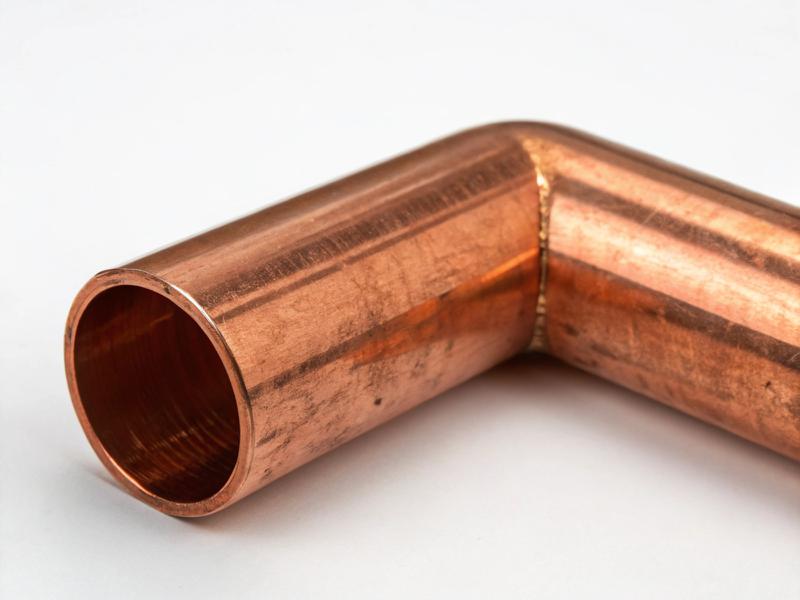
PVC (Polyvinyl Chloride)
PVC pipe is a rigid plastic pipe widely used for drainage, waste, and vent (DWV) systems.
Pros:
Very cost-effective.
Easy to cut and join using solvent cement.
Resistant to corrosion and chemicals.
Lightweight.
Cons:
Not suitable for hot water or high-pressure applications.
Can become brittle over time, especially if exposed to UV.
Temperature limits restrict its use in some areas.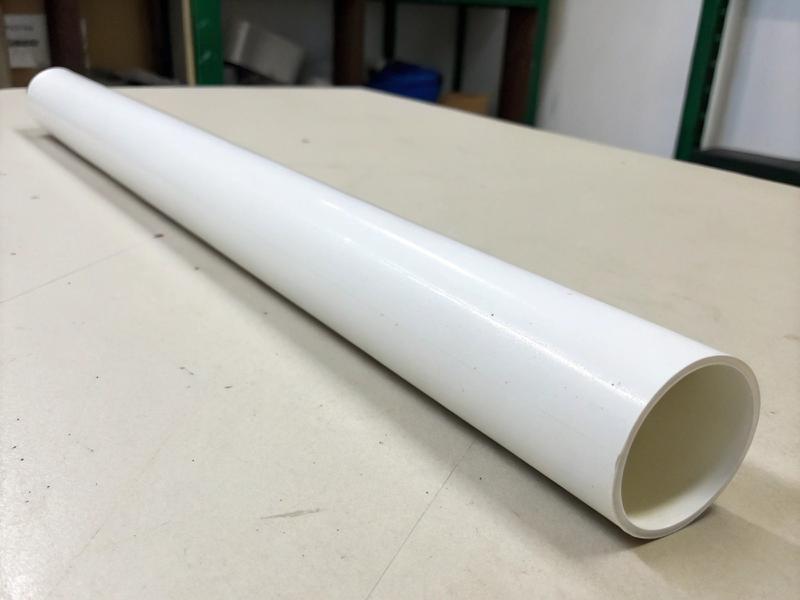
CPVC (Chlorinated Polyvinyl Chloride)
CPVC is similar to PVC but has undergone a chlorination process, making it suitable for hot water and higher pressures.
Pros:
Handles both hot and cold water.
Easy to install using solvent cement.
Resistant to corrosion.
More rigid than PEX.
Cons:
More expensive than PVC.
It can be more brittle than PEX or copper.
Requires space for expansion and contraction.
Can be affected by certain chemicals (e.g., some insecticides).
ABS (Acrylonitrile Butadiene Styrene)
ABS is another rigid plastic pipe, similar to PVC, primarily used for drainage.
Pros:
Very durable and impact resistant.
Easy to install using a single-step solvent cement (no primer needed in many cases).
Performs well in cold temperatures.
Cons:
Not suitable for pressure lines.
Can warp at high temperatures.
May be prohibited by code in some areas; check local regulations.
Galvanized Steel
Galvanized steel pipes are steel pipes coated with zinc to prevent rust.
Pros:
Very strong and durable.
Can withstand high pressure.
Cons:
Prone to internal corrosion and mineral buildup over time, reducing water flow and potentially causing leaks.
Heavy and difficult to cut and thread (requires specialized tools and labor).
Zinc coating can wear off, leading to rust.
Not suitable for gas lines (zinc can flake off and clog regulators).
Choosing the Right Pipe for Specific Applications
Here’s a quick summary based on common uses:
Hot and Cold Water Supply: PEX, Copper, CPVC.
Drain, Waste, and Vent (DWV): PVC, ABS.
High Pressure: Copper, Galvanized Steel (though less common now).
Flexibility Needed: PEX.
Budget-Conscious (Material): PVC, PEX.
Longest Lifespan (Historically Proven): Use copper if the water conditions are good.
Conclusion
The best pipe is project-specific; it depends on the unique requirements of each job. There is no single best material for all situations.
By understanding the characteristics of PEX, Copper, PVC, CPVC, ABS, and Galvanized Steel, you can find the most suitable, cost-effective, and long-lasting solutions for plumbing needs.
